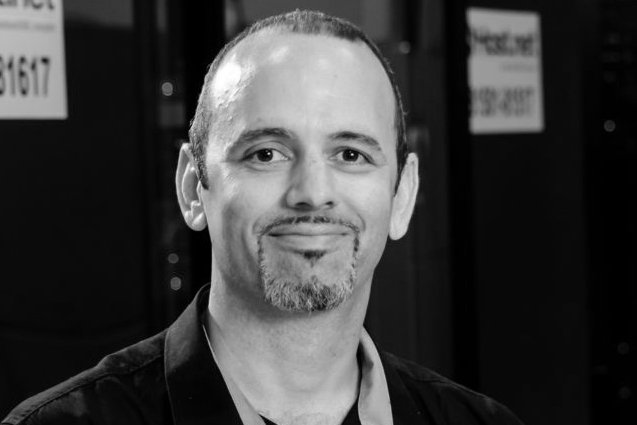Achieving energy efficiency continues to be one of the most significant costs for datacenter operators. As such, we have seen numerous innovative projects from global IT monoliths, aimed at finding more efficient datacenter cooling techniques. Social media giants, search engine providers and large REITs employ cutting-edge datacenter measures, such as the use of hydro-power and wind power or they are located in remote places such as the Artic. These measures exemplify the extent to which large organizations will go in order to gain efficiencies. But what can enterprises and SMBs expect from their outsourced datacenter provider – without having to go to extreme, costly measures or to the coldest parts of the globe?
How do you know if your data center provider is focused on achieving energy efficiency?
Here are some things to look for:
For datacenter operators, traditional techniques to reduce cooling expenses and increase efficiencies consist of the use Computer Room Air Conditioning (CRAC) units and chillers. Other ways to decrease power consumption, and thus increase efficiency, revolve around the types of equipment your provider is using. High-quality condenser units and Electronically Commutated (EC) fans, which have a brushless DC motor, are designed to be “smart” and interactive and thus drive down the amount of power that older models use.
Datacenter operators also can design their facilities with flexibility in mind from the start. Some providers deploy larger piping to allow for cooling and water expansions and upgrades throughout the facility. Raised floor space within a datacenter also contributes to overall efficiencies – especially if all of the cabling is done overhead. This ensures that cool air can be distributed under the floor and that airflow is not blocked.
There are also various airflow management strategies such as hot/cold aisle containment methodologies. By more effectively managing airflow, hot/cold aisle containment conserves energy and lowers overall cooling costs. These methods utilize physical barriers, such as end-of-aisle barriers, end doors and roof systems, which allow the supply air to pool inside the aisle and ensure uniform and predictable air temperatures. When these are deployed on top of a raised floor space, the cold air supply is confined within the aisle of cabinets so that it can’t escape from the top or ends of the aisles – keeping the hot and cold aisle air streams separated.
Modern datacenter operators go a step further than just outfitting their facility with the latest in containment systems, and are also very focused on the implementation of customized containment systems designed to meet the unique requirements of their individual customers. By working closely with datacenter technicians, enterprises can achieve flexible and tailored configurations within private suites and customized modules that meet very specific power and cooling requirements.
Since datacenter operators don’t always know what types of equipment their customers will install in their cabinets/cages, some providers also install blanking panels in all open spaces within customer cabinets to eliminate gaps and help keep cold air contained. You can ask your datacenter technician to ensure your equipment is racked properly for both spacing and cabling, so as not to cause heating issues or block equipment fans.
But how do you know if your datacenter provider truly is energy efficient? There are a variety of metrics that mission-critical datacenters use as benchmarks for energy consumption. For example, the Power Usage Effectiveness (PUE) metric has been the traditional way for datacenter providers to measure energy efficiency as it measures how much energy is used by all of the computing equipment in the facility. We’ve also recently seen a new metric introduced called the Performance Indicator (PI), which takes into account multiple stats and provides a broader understanding of datacenter cooling performance.
Why is it important for your organization?
Every datacenter is different and there are many factors involved in datacenter energy efficiency. It is important to ask your provider what methods it specifically deploys. A datacenter’s energy efficiency can impact your specific cabinet or cage with features that:
- Ensure IT equipment is cooled within the manufacturers’ specifications
- Lower equipment fan speeds
- Extend the life of your hardware
- Eliminate hot spots
- Ensure optimal operating efficiencies
- Reduce carbon footprint
Methodologies and efficiencies achieved vary considerably across datacenter providers and mechanisms even vary based on what part of the country the data center operates due to varying climates. But, for the most part, customers are mainly concerned about whether their cabinet is cold and their power is consistent and available all the time.
Datacenters with smart designs including expert airflow management systems are worthy of careful consideration. For data to be safe and secure, the facility where it is housed must be operating at its most efficient level. When choosing a datacenter provider, these issues should be top of mind. Asking the right questions is key. Look at the datacenters metrics in relation to PUE and PI, and ensure that the datacenter you choose is using the latest solutions to meet power and cooling requirements.
Daniel Calderon works as director of facilities for Host.net.

